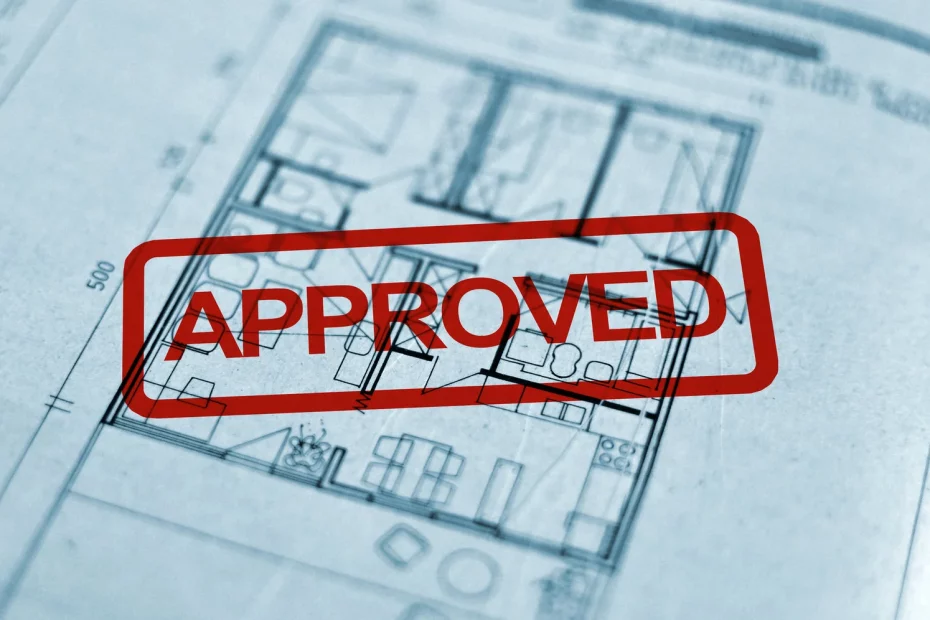In the UK, you generally do not need planning permission to replace a conservatory roof as long as the new roof meets certain criteria. However, you may need building regulations approval, which is different from planning permission. Building regulations approval ensures that the work complies with building regulations, which are minimum standards for design, construction, and safety.
The criteria for a replacement conservatory roof that does not require planning permission are:
- The height of the roof should not exceed the highest part of the existing roof.
- The eaves and ridge heights of the new roof should not be higher than the existing roof.
- The roof materials should be similar in appearance to the existing roof.
- At least half of the conservatory walls should be glazed, and at least 75% of the roof should be glazed or translucent.
- The conservatory should not be located on the front of the house, or if it is, it should not extend beyond the front wall of the house.
However, if you are unsure about whether you need permission to replace a conservatory roof, it is always best to check with your local authority or a qualified professional before carrying out any work. You can check out our conservatory roof page to learn more, or alternatively use our free quote service below;
Do you need permission for a tiled conservatory roof?
Yes, in the UK, you generally need building regulations approval for a tiled conservatory roof. This is because a tiled roof is considered a significant change to the structure of the conservatory, which can affect its structural integrity, energy efficiency, and ventilation.
The Building Regulations in England and Wales and the Technical Standards in Scotland set out the requirements for a conservatory roof replacement, including the installation of a tiled roof. In general, you will need to comply with the following requirements:
Thermal performance:
The new roof must meet certain insulation requirements to ensure that the conservatory is energy-efficient and can be used comfortably throughout the year.
Structural stability:
The new roof must be designed and constructed to ensure that it is structurally stable and can withstand the loads it will be subjected to, including snow and wind loads.
Ventilation:
The new roof must provide adequate ventilation to prevent condensation and ensure that the conservatory remains comfortable to use.
Fire saftey:
The new roof must meet certain fire safety standards to ensure that it does not pose a risk to the occupants or the surrounding buildings.
To obtain building regulations approval for a tiled conservatory roof, you will need to submit an application to your local authority or an approved inspector, who will assess your proposal and ensure that it complies with the relevant regulations.
Most companies will be able to assist you with this once you’ve obtained a quote, we offer a free service you can access below to arrange your free no-obligation quotes.

